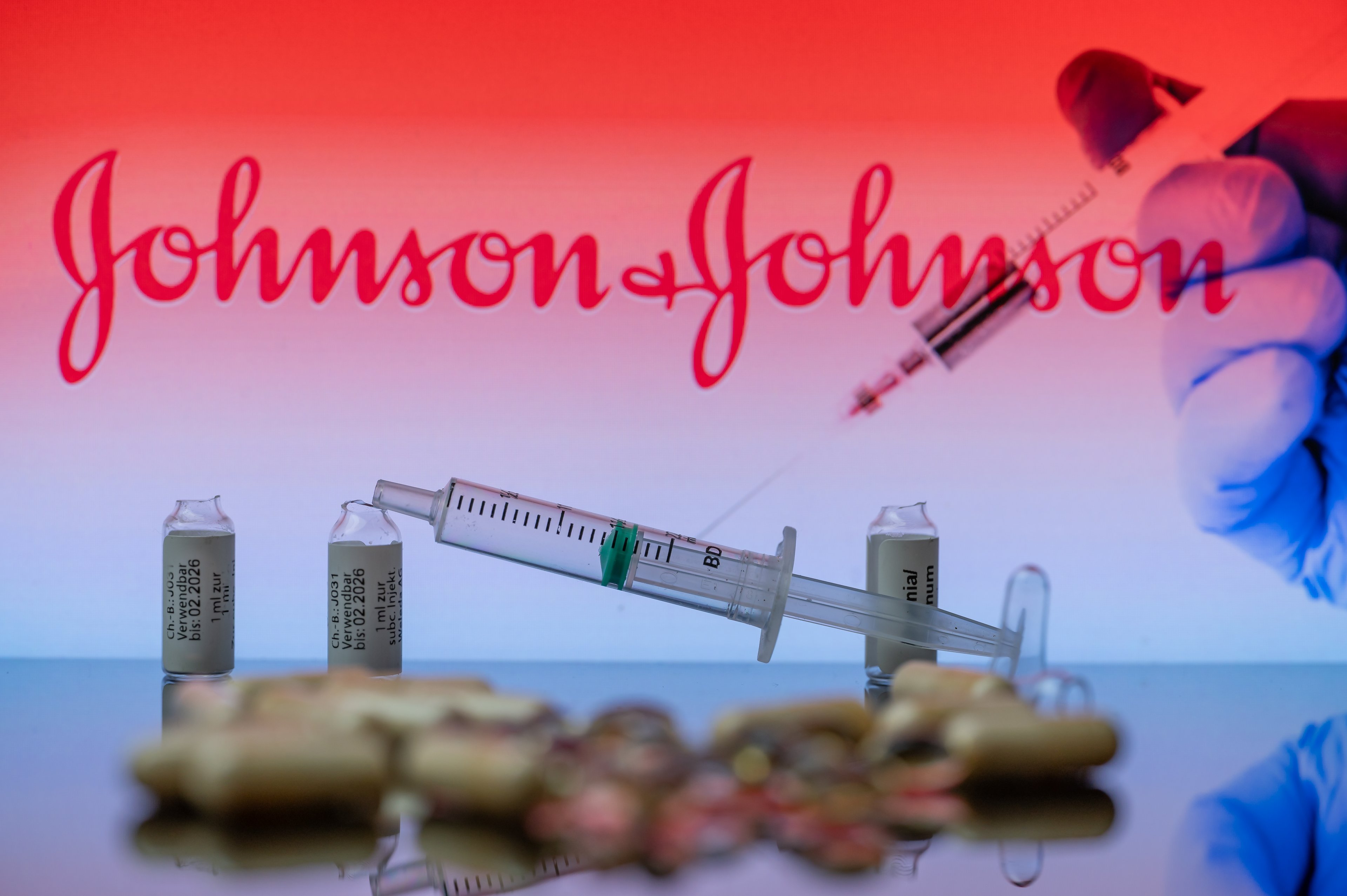Scrutiny of talc-based cosmetics and personal care products such as eye shadow and Johnson & Johnson's (JNJ 0.66%) baby powder has been on the rise in light of cases of cancer associated with their long-term use. On Tuesday, the Food and Drug Administration held its first public meeting in decades on the subject of asbestos testing, and the agency's recommendations weren't what manufacturers of those talc-based products wanted to hear.
Consumers hoping the FDA will step in to guarantee the safety of the products they apply to their skin should know the agency doesn't have a lot of control when it comes to cosmetics. One thing the agency can do, though, is promulgate a set of best practices -- recommendations about what companies like Johnson & Johnson should do in the interest of public safety.

Image source: Getty Images.
Elongate mineral particles
One of the big takeaways from the FDA's recommendations was the agency's insistence on a new standard for talc testing that includes all elongate mineral particles (EMPs) that are at least three times as long as they are wide. More data would be helpful, but it appears that an elongated silicate crystal doesn't need to meet all the criteria that define asbestos for exposure to it to increase a person's risk of developing cancer.
Before the government adds to the list of potential carcinogens that cosmetics manufacturers should screen for, it needs to set a standard threshold for acceptable EMP concentration. At the moment, some laboratories don't flag anything with asbestos concentrations of less than 1% even though it's extremely unusual to find contamination at concentrations of 0.1% or higher.






